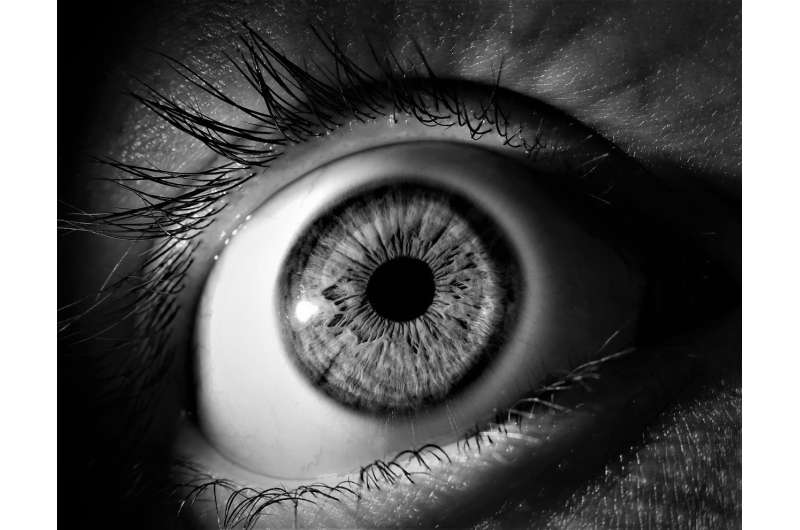What catches our eye

Unconscious gaze is controlled by an automatic selection process computed by a neural network in the brain. Details of this computation have now been studied by an international team collaborating with the Technical University of Munich (TUM). This finding could soon become relevant for robotic implementations.
We are almost constantly surrounded by a variety of visual objects, all of which could, theoretically, be important for us. But only a very small area on our retinas, the fovea in the macula lutea, has high visual acuity; a large portion of our field of vision has only a low resolution. Therefore, our gaze must be directed toward a specific target for precise identification.
But what functionality decides where we direct our vision when we are not looking for anything in particular and do not know where look in the first place? Researchers from the Department of Zoology at the Weihenstephan School of Life Sciences of the Technical University of Munich, working in cooperation with Chilean and American colleagues, explored this question.
"The decision of where to look is made unconsciously; the objective of our study was to investigate this selection process in detail," reports Prof. Harald Luksch from the Department of Zoology at the TUM, who also heads the Bionics Center at the TUM. Gaze control involves an evaluation of the field of vision from which a selection is made as to where the fovea will be directed next. "A neural network called the isthmic system performs the selection process," explains zoologist Luksch. Because this network is well characterized anatomically in birds, the study was carried out on chickens and, in part, on isolated brain tissue (in vitro).
"We were able to demonstrate that individual nerve cells of the visual midbrain establish parallel connections to three areas of the brain, which each create their own feedback loops with the visual midbrain." says Prof. Luksch, summarizing the findings.
This feedback reinforces the most salient visual stimuli while suppressing others at the same time. In this manner, an unconscious selection is made. "What surprised us was that the various feedback loops, reinforcing and inhibitory, are triggered by one and the same cell," remarks Luksch. "In the past, scientists assumed that this was performed by various cells." Therefore, a single cell controls entirely different processes, although with different time courses.
Automatic attention control
The importance of this study is not limited to basic research: "The very same mechanisms that work in birds also affect humans in the same way," says Harald Luksch. This allows us to better understand how our perception and bottom-up attention are controlled, which is, in turn, closely related to our consciousness—one of the most exciting fields of neuroscience.
Because the selection process which has now been researched can be represented as a technical circuit diagram, these intelligently evolved mechanisms in the animal world could also be implemented in robots. It is necessary for robots to react in a manner similar to that of organisms, particularly for interactivity with humans. Therefore, Harald Luksch expects these findings to be important for bionic transfers to technical systems in the future.
More information: Florencia Garrido-Charad et al, "Shepherd's crook" neurons drive and synchronize the enhancing and suppressive mechanisms of the midbrain stimulus selection network, Proceedings of the National Academy of Sciences (2018). DOI: 10.1073/pnas.1804517115



















